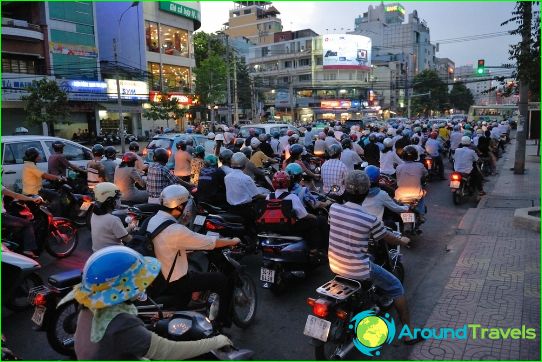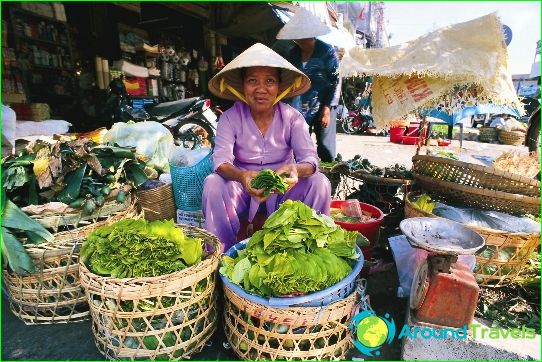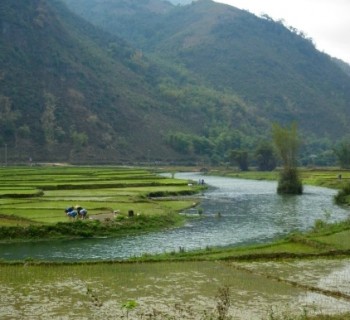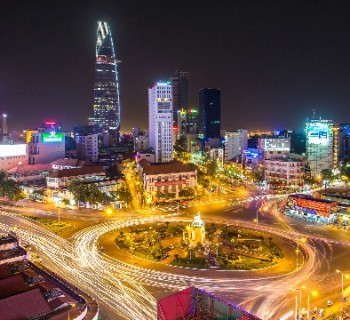Vietnamese culture
This state is gradually coming to the fore in the lists of the most popular resorts among Russians thanks to its well-organized seaside vacation. However, the culture of Vietnam is so rich and varied that the excursion program for tourists is in no way inferior to the program of the beach.
In a single sphere
The territorial proximity to China allowed Vietnam not only to receive a fair share of the heritage of its large neighbor, but also to become part of a single space, which experts call the cultural sphere of Southeast Asia. Chinese influence is especially noticeable in traditional Vietnamese crafts such as ceramics, pottery, calligraphy, silk painting, and the construction of houses and temples..
Cultural traditions began to form back in the Bronze Age, when peoples lived on the territory of modern Vietnam who skillfully processed not only stone, but also various metals. Having received useful skills from their ancestors, the Vietnamese began to expand their influence to the south, while simultaneously absorbing the traditions and customs of the peoples enslaved in Champa..
French colonization also left its mark, and the culture of Vietnam received a written language based on the Latin alphabet and many other purely European development guidelines..
Most Valuable Lists
UNESCO adds several sites in Vietnam to its lists of World Cultural Heritage, the most famous of which are:
- Hanoi citadel of the 15th century with the famous Znamenny Tower. Its height is more than 33 meters, it and the banner fluttering on it serve as the hallmark of the Vietnamese capital..
- The ancient city of Hoi An, which has served as a trading port for centuries. The uniqueness of the city lies in the fact that in the 1st century AD it was the largest port not only in ancient Champa, but in the entire Southeast Asian region..
- The sanctuary of Michon, the capital of the Champa Empire since the 4th century. The archaeological features of the building make it possible to judge the influence of Hinduism on the culture of Vietnam in the period from IV to XII centuries..
Triple religion
In the culture of Vietnam, the main religious movements are of great importance - Taoism, Buddhism and Confucianism. Numerous temples are open throughout the country, where adherents of each religion can perform the necessary rituals and prayers. The cult of religion is strong enough, and therefore many residents have altars right at home or in the workplace. The three religions also played a significant role in the development of arts and crafts..




